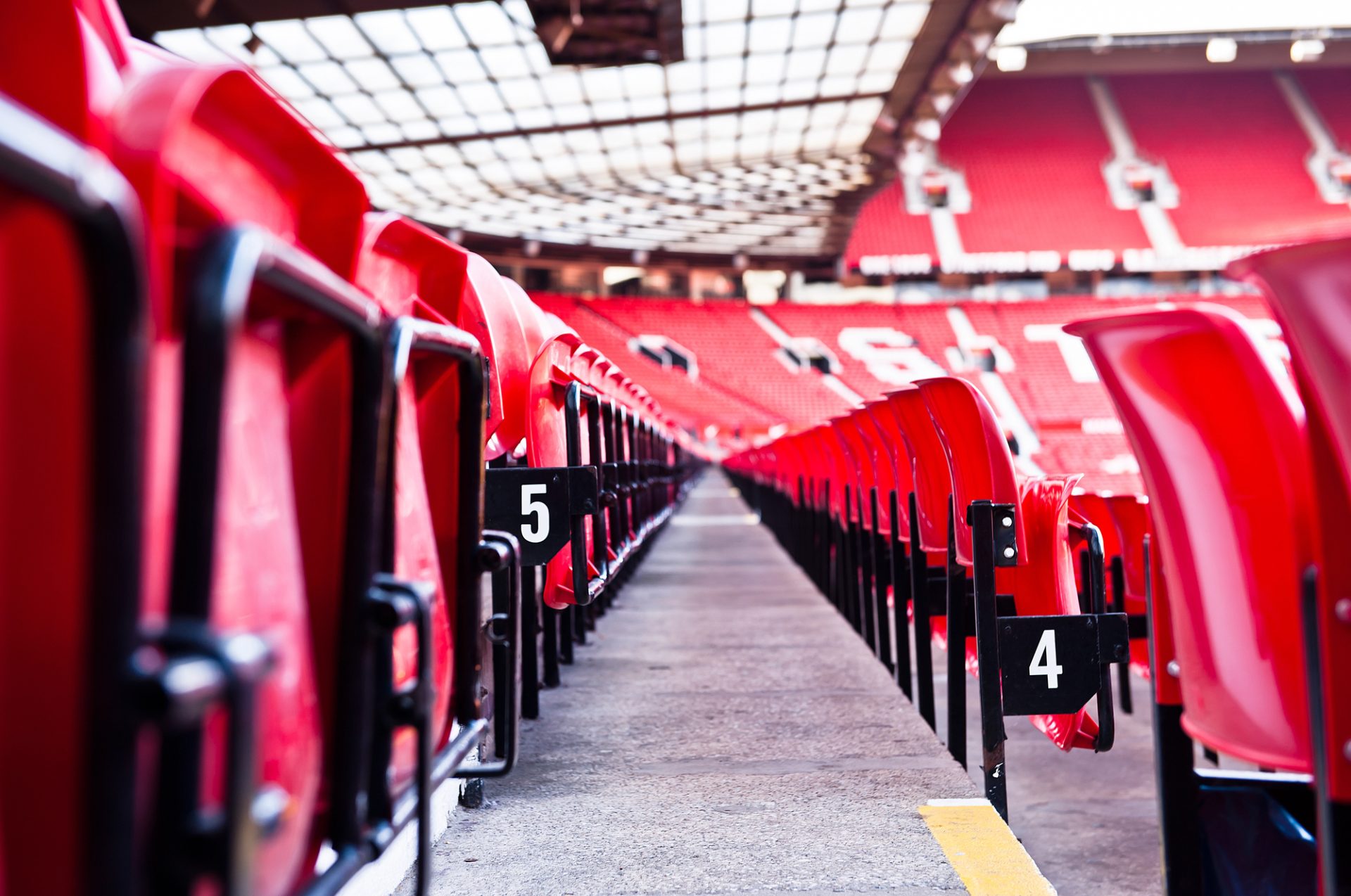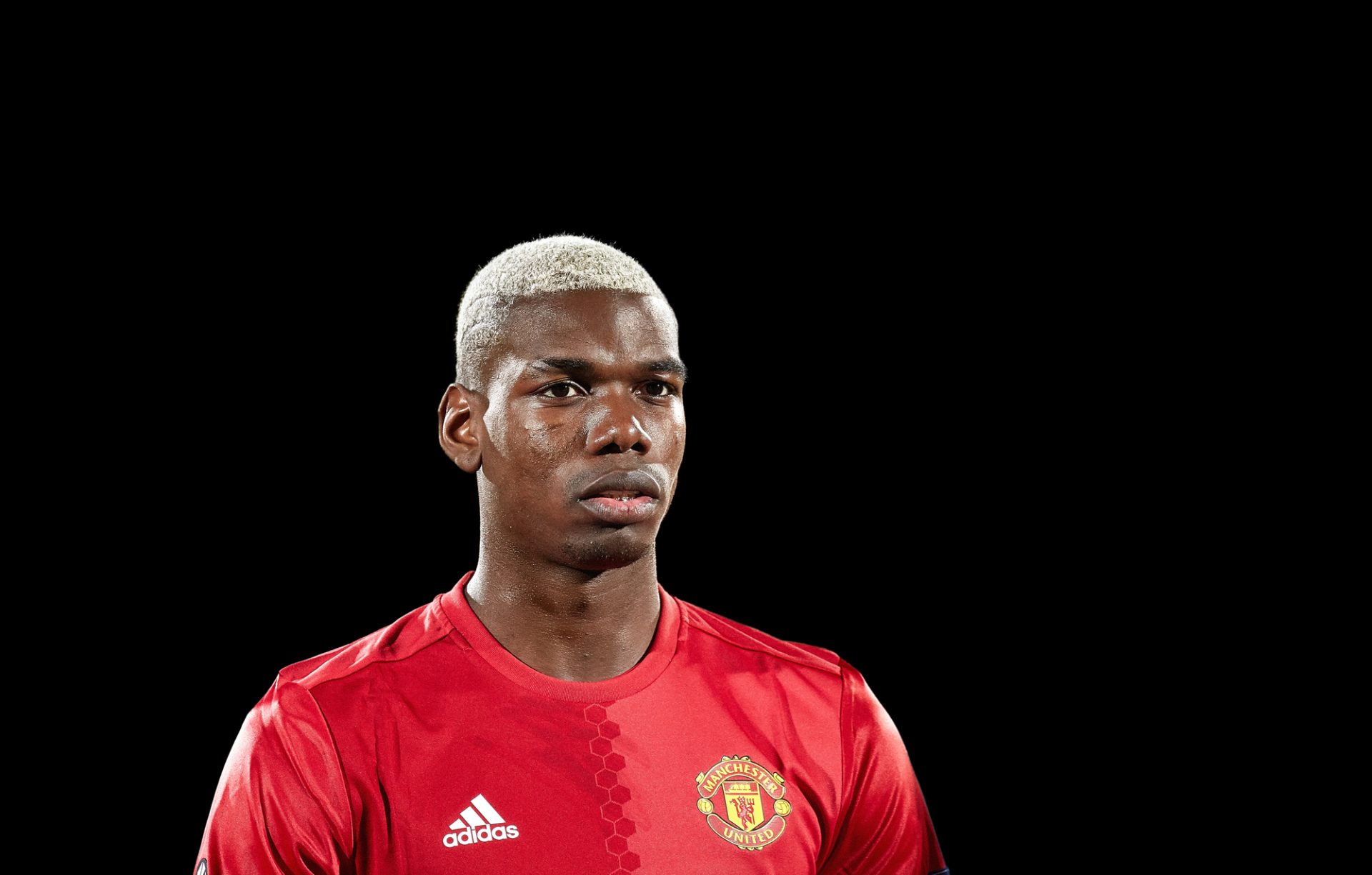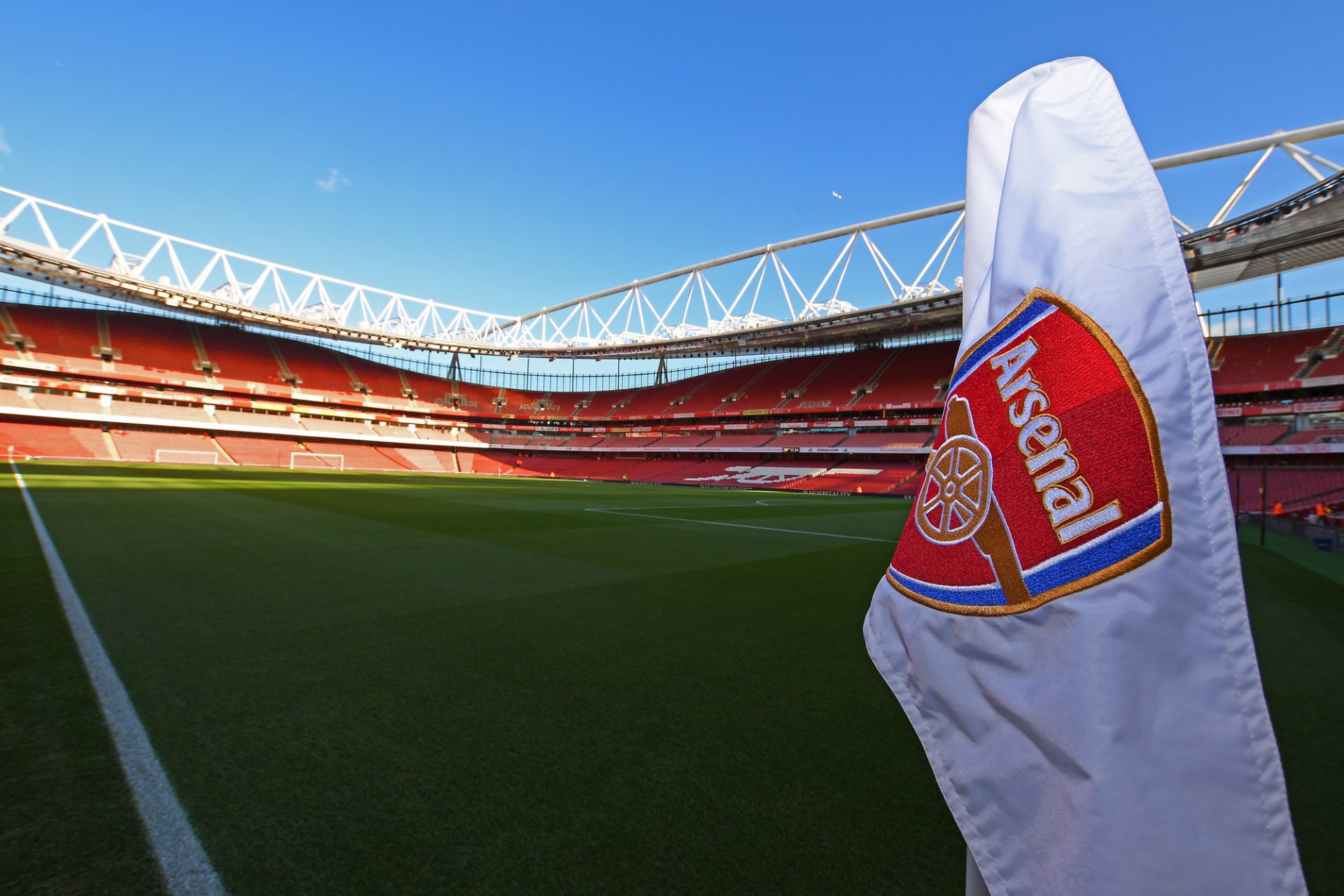Where is the Real World Cup Trophy Kept? Unveiling its Secret Location
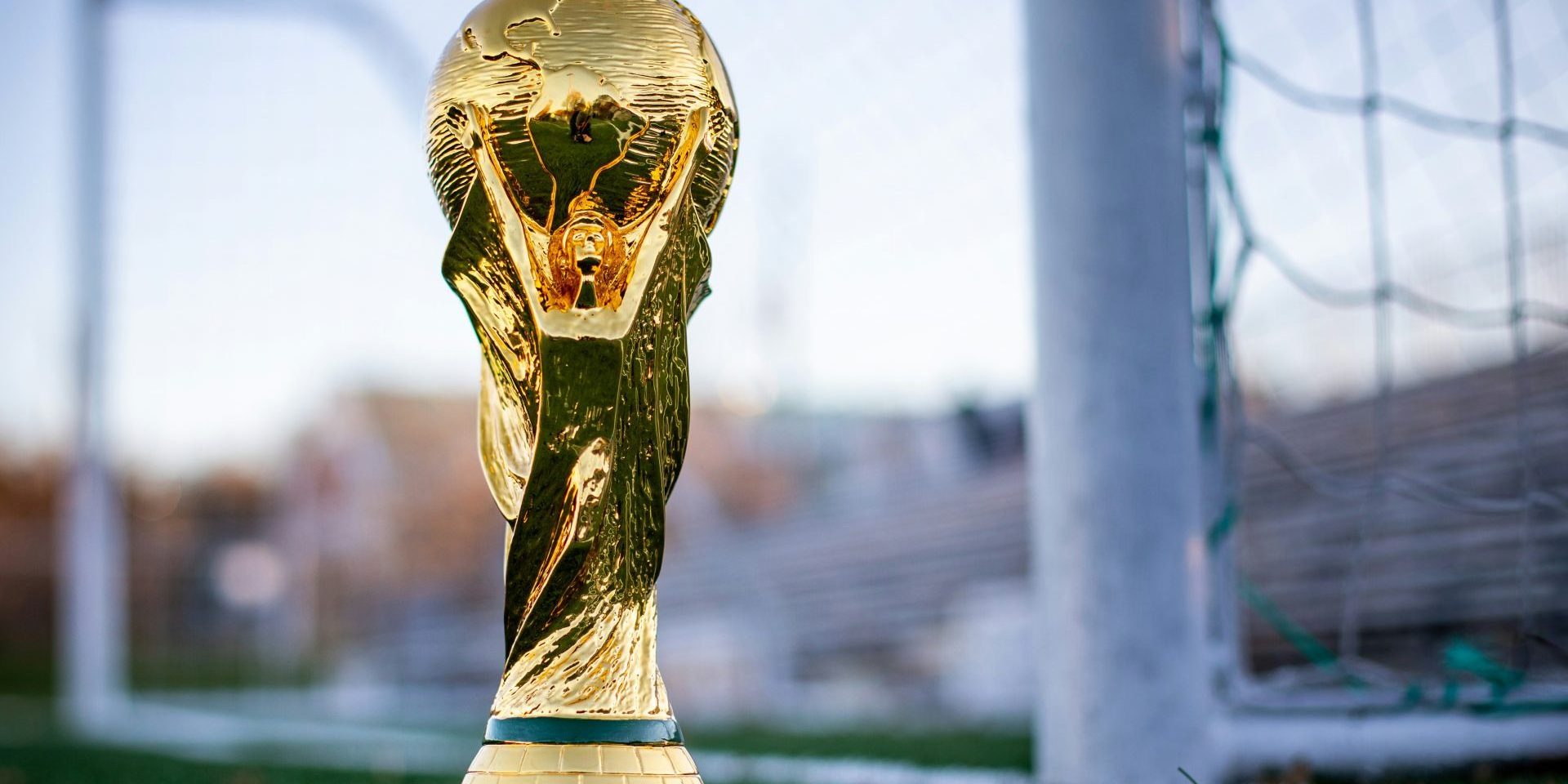
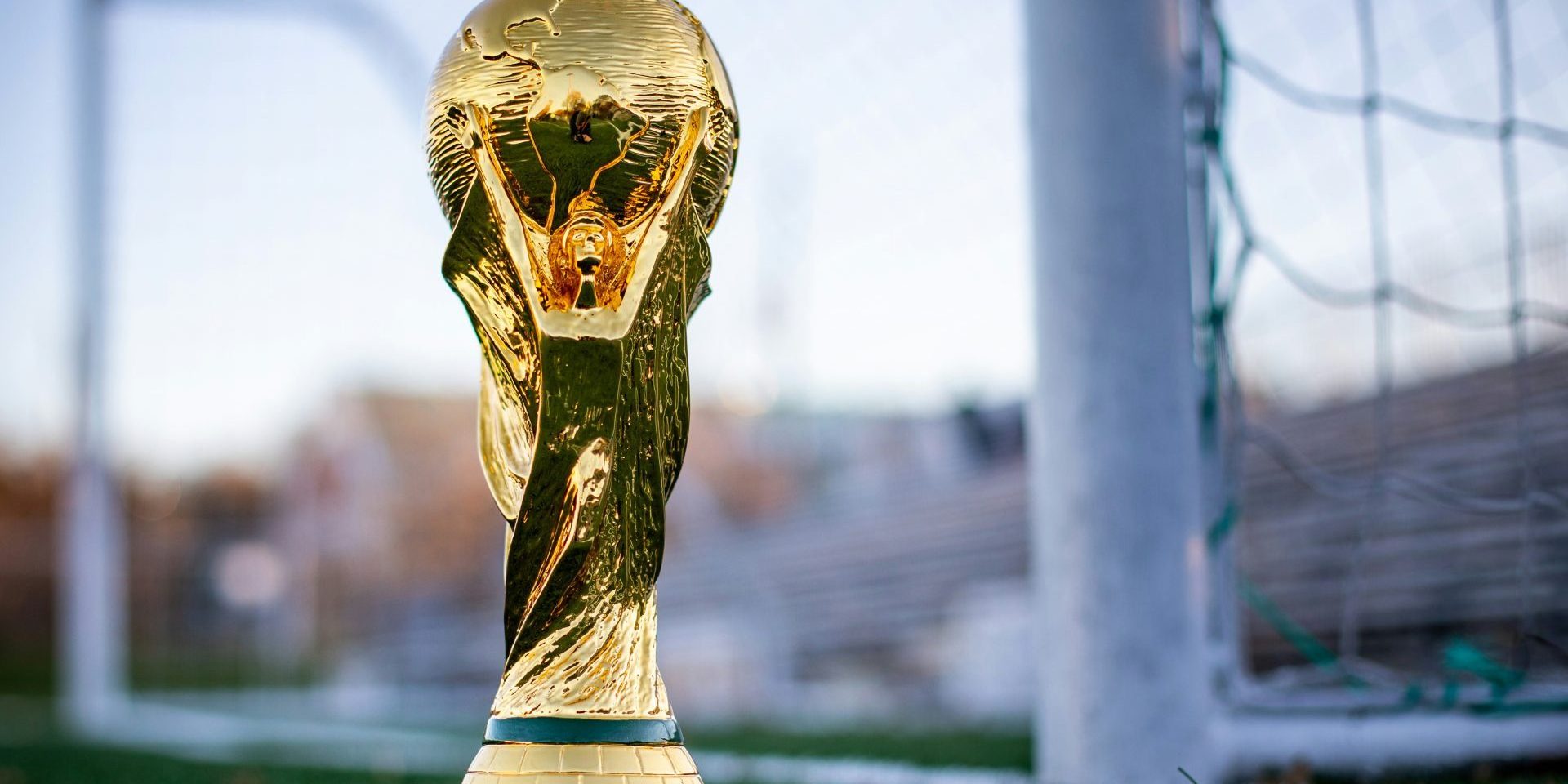
Table of Contents
The FIFA World Cup is the pinnacle of international football, symbolized by an iconic trophy that embodies the dreams of nations and athletes around the globe. Concerning the whereabouts of this celebrated piece of silverware, it is kept securely at the FIFA headquarters in Zurich, Switzerland. The trophy is only brought out for special occasions as determined by FIFA regulations, ensuring its safety and prestige.
The trophy awarded today is not the original prize first given to winners at the inception of the World Cup in 1930. Two distinct trophies have represented victory over the tournament’s history: the Jules Rimet Trophy from 1930 to 1970 and the FIFA World Cup Trophy from 1974 onwards. The current trophy, notable for its design and value, is made of solid gold and carries an estimated production cost of $242,700. However, unlike its predecessor, which was permanently awarded to Brazil after their third victory, the FIFA World Cup Trophy is not kept by the winning team and instead remains under FIFA’s guardianship.
History of the Trophy
The real World Cup trophy has a storied history, marked by theft and eventual transition to a more secure prize. The journey from the inaugural Jules Rimet Trophy to the current FIFA World Cup Trophy reflects changes in design, ownership, and security.
The Jules Rimet Trophy
The Jules Rimet Trophy, initially named ‘Victory’, was first awarded at the inaugural FIFA World Cup in 1930 to Uruguay. Created by the French sculptor Abel Lafleur, the gold-plated sterling silver trophy depicted Nike, the Greek goddess of victory. This trophy had its share of adventures: it was hidden during World War II to prevent capture by the Nazis and found stashed in a shoe box beneath a bed in an Italian bank. Brazil was granted permanent possession of the Jules Rimet Trophy in 1970 after winning the World Cup for the third time. However, the trophy was stolen in 1983, and its whereabouts remain a mystery to this day.
Transition to FIFA World Cup Trophy
FIFA introduced a new trophy in 1974, known simply as the FIFA World Cup Trophy. Designed by Italian artist Silvio Gazzaniga, it represents two human figures holding up the Earth, and unlike its predecessor, it is made of 18 karat gold with a malachite base. This new trophy was not without its drama, as it was briefly stolen in 1983 but quickly recovered. FIFA keeps the original trophy at its headquarters in Zurich, Switzerland, under strict security. Replicas are awarded to the winning nations of the tournament.
Design and Details
The World Cup trophy represents the pinnacle of football achievement, intricately designed and steeped in rich history. Renowned for its distinctive features, the trophy has undergone a notable evolution in design from the original Jules Rimet Trophy to the current FIFA World Cup Trophy.
Characteristics of the Jules Rimet Trophy
The Jules Rimet Trophy was the original prize for the FIFA World Cup from 1930 to 1970. Abel Lafleur, a French sculptor, was responsible for its design, which incorporated a representation of Nike, the Greek Goddess of Victory. Made of gold-plated sterling silver, with a blue base of lapis lazuli, it stood 35 cm tall and weighed 3.8 kg. The trophy was not solid gold but was instead made of a silver base with a gold overlay.
Characteristics of the FIFA World Cup Trophy
Introduced in 1974, the FIFA World Cup Trophy replaced the Jules Rimet Trophy and was crafted by Silvio Gazzaniga, an Italian artist. Weighing approximately 6.1 kg and standing 36.8 cm tall, this trophy is made of 18 karat gold with a base of malachite, a semi-precious stone. Its design features two human figures holding up the Earth, symbolizing triumphant athletes. The trophy is not entirely made of gold; its core is composed of sterling silver. The winners of the tournament receive a bronze replica of the trophy to keep, while the original remains in the possession of FIFA.
Notable Incidents
The history of the World Cup trophy is marked by two prominent types of incidents: the occasions when the trophy was stolen and later recovered, and the various controversies and mishaps surrounding it.
Theft and Recovery
1966 Theft in London: In 1966, prior to the World Cup, the trophy was stolen from the Westminster Central Hall during an exhibition. Despite a wide search, it was found by a dog named Pickles under a bush in a garden in South London.
Ottorino Barassi’s Precaution: To prevent the trophy from falling into the hands of Nazi forces during World War II, Ottorino Barassi took it upon himself to secretly transport the trophy and hide it in a shoebox underneath his bed for protection.
Controversies and Mishaps
Bobby Moore’s Accusation: Before the 1970 World Cup, England’s team captain Bobby Moore was falsely accused of stealing a bracelet from a jewelry shop in Colombia, which created significant tension and media attention.
1997 Auction: The trophy was permanently awarded to Brazil after their third World Cup win. However, in 1983 it was stolen once more, never to be recovered. In 1997, a replica made for the Brazilian Football Confederation was sold at an auction, which stirred considerable debate regarding the commercialization of sports silverware.
Current Custodianship and Display
The real FIFA World Cup trophy is securely housed at the FIFA headquarters in Zurich, protected by stringent security protocols, and is displayed under specific circumstances.
Security and Storage
Location: FIFA Headquarters, Zurich
Protocols: The storage of the World Cup trophy at FIFA Headquarters incorporates high-level security measures to safeguard the prestigious award. Access is extremely restricted and regulated to ensure the trophy’s protection.
Public Exhibition and Tours
FIFA World Football Museum: Situated in Zurich, the museum provides fans with a unique opportunity to experience football history including artifacts like the World Cup trophy.
Exhibition Conditions: Visitors can view the trophy during guided tours, which are organized under close supervision to ensure the artifact’s security. These tours offer football enthusiasts a glimpse into the sport’s illustrious history and its celebrated trophies.
Trophy’s Role and Symbolism
In the realm of global football, the FIFA World Cup Trophy is not just a physical object but also a symbol of the pinnacle of success in the sport. It encapsulates the triumphs of past champions and inspires athletes participating in the tournament.
Awards and Representation
The FIFA World Cup Trophy is awarded to the winning nation of the tournament, which occurs every four years. Unlike other sports trophies, such as the Stanley Cup or the Woodlawn Vase, the original is not kept by the winners. Instead, they receive a gold-plated replica to commemorate their victory. The real trophy remains in the possession of FIFA, specifically at its headquarters in Zurich, Switzerland. The representation of the World Cup Trophy is tied to excellence and achievement in international football. Teams like Brazil’s football federation (Brazilian Football Confederation) that have won the tournament multiple times view the trophy as a hallmark of their national sport’s history and success.
- Material: 18 karat gold with a band of malachite
- Height: 36.8 cm
- Weight: 6.175 kg
- Winners: Receive a gold-plated replica
- Storage: FIFA’s headquarters in Zurich
Cultural Impact
The FIFA World Cup impact extends far beyond the realm of athletics into various cultures around the globe. Players become icons, like Diego Maradona, not solely due to their skill but also because they have participated in the quest for this prestigious award. Victories celebrated by countries like France and Argentina transcend the matches themselves, fostering national pride and unity. While the trophy does not come with prize money—which is allocated separately—the glory associated with lifting the trophy is invaluable. As the ultimate goal in a footballer’s career, the trophy’s iconic status is reflected in its influence on fashion, media, and even language, with phrases like “World Cup winners” becoming synonymous with excellence and high achievement.


